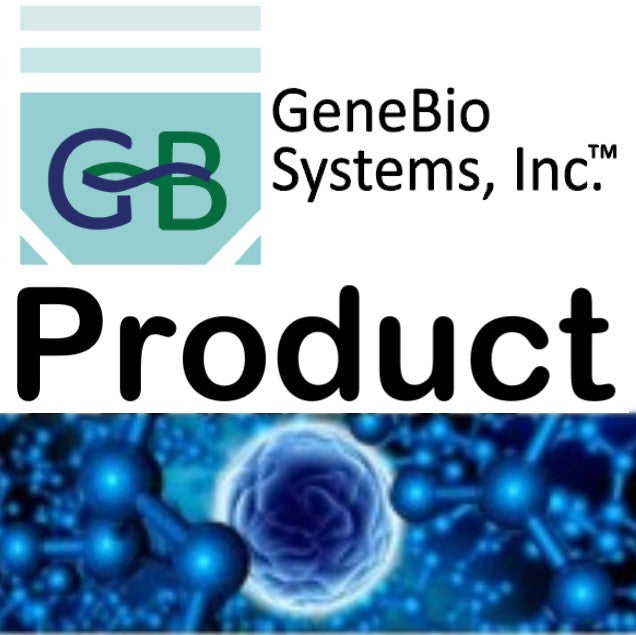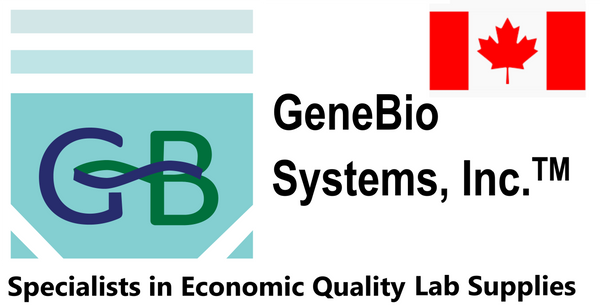Gene Bio Systems
Recombinant Mouse Pituitary homeobox 3(Pitx3)
Recombinant Mouse Pituitary homeobox 3(Pitx3)
SKU:CSB-EP018044MO
Couldn't load pickup availability
Size: 200ug. Other sizes are also available. Please Inquire.
In Stock: No
Lead time: 10-20 working days
Research Topic: Others
Uniprot ID: O35160
Gene Names: Pitx3
Organism: Mus musculus (Mouse)
AA Sequence: MEFGLLGEAEARSPALSLSDAGTPHPPLPEHGCKGQEHSDSEKASASLPGGSPEDGSLKKKQRRQRTHFTSQQLQELEATFQRNRYPDMSTREEIAVWTNLTEARVRVWFKNRRAKWRKRERSQQAELCKGGFAAPLGGLVPPYEEVYPGYSYGNWPPKALAPPLAAKTFPFAFNSVNVGPLASQPVFSPPSSIAASMVPSAAAAPGTVPGPGALQGLGGAPPGLAPAAVSSGAVSCPYASAAAAAAAAASSPYVYRDPCNSSLASLRLKAKQHASFSYPAVPGPPPAANLSPCQYAVERPV
Expression Region: 1-302aa
Sequence Info: Full Length
Source: E.coli
Tag Info: N-terminal GST-tagged
MW: 58.7 kDa
Alternative Name(s): Homeobox protein PITX3;Paired-like homeodomain transcription factor 3
Relevance: Transcriptional regulator which is important for the differentiation and maintenance of meso-diencephalic dopaminergic (mdDA) neurons during development. In addition to its importance during development, it also has roles in the long-term survival and maintenance of the mdDA neurons. Activates NR4A2/NURR1-mediated transcription of genes such as SLC6A3, SLC18A2, TH and DRD2 which are essential for development of mdDA neurons. Acts by decreasing the interaction of NR4A2/NURR1 with the corepressor NCOR2/SMRT which acts through histone deacetylases (HDACs) to keep promoters of NR4A2/NURR1 target genes in a repressed deacetylated state. Essential for the normal lens development and differentiation. Plays a critical role in the maintenance of mitotic activity of lens epithelial cells, fiber cell differentiation and in the control of the tporal and spatial activation of fiber cell-specific crystallins. Positively regulates FOXE3 expression and negatively regulates PROX1 in the anterior lens epithelium, preventing activation of CDKN1B/P27Kip1 and CDKN1C/P57Kip2 and thus maintains lens epithelial cells in cell cycle.
Reference: Induction of tyrosine hydroxylase expression by the transcription factor Pitx3.Messmer K., Remington M.P., Skidmore F., Fishman P.S.Int. J. Dev. Neurosci. 25:29-37(2007)
Purity: Greater than 90% as determined by SDS-PAGE.
Storage Buffer: Tris-based buffer,50% glycerol
Storage: The shelf life is related to many factors, storage state, buffer ingredients, storage temperature and the stability of the protein itself. Generally, the shelf life of liquid form is 6 months at -20℃/-80℃. The shelf life of lyophilized form is 12 months at -20℃/-80℃.
Notes: Repeated freezing and thawing is not recommended. Store working aliquots at 4℃ for up to one week.


